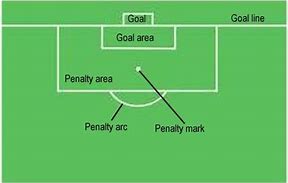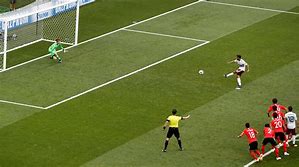Soccer officials generally like to avoid having penalty kicks decide the outcome of a soccer match. For the uninitiated, a penalty kick is warranted when a defending player denies a goal scoring opportunity to the attacking team within the penalty area.

When teams have played the regular time allotted for a match and remain tied, the match goes to overtime periods for most high school competition. If no winner is decided but a winner must be determined for one team to advance, a penalty kick shoot-out is in order. In the shoot-out, each team has five players take penalty kicks against the opposing goalkeeper.

Whichever team scores the most wins. If it’s still tied after the first five, the shoot-out continues with single players from each team until there’s a winner.
From this explanation you can hopefully understand why officials prefer to avoid penalty kicks to determine a winner…but that does not mean referees give an unfair advantage to one team or another to avoid a shoot-out.
During a recent tournament for high school varsity teams, it was imperative that a winner be chosen to advance to the championship bracket or be relegated to the consolation bracket. Two of the three matches we officiated required a shoot-out to determine a winner. They were tied after regulation and went direct to penalty kicks as the rules didn’t allow overtime periods.
It is rather common for officials to award a direct free kick from just outside the penalty area instead of signalling a penalty kick to influence the outcome of a close match.
In three successive matches–two junior varsity and one varsity game–I awarded five penalty kicks. In both sub-varsity matches the penalty kicks (PKs) influenced the final result because the kickers scored goals against their opponent. In the varsity competition, the keeper stopped both shots but the opponent still won the match by making other shots on goal.
